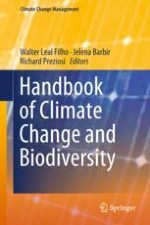2019 | OriginalPaper | Chapter
Coffee, Climate and Biodiversity: Understanding the Carbon Stocks of the Shade Coffee Production System of India
Authors : Nadesa Panicker Anil Kumar, Amsad Ibrahim Khan Saleem Khan, Vaniyan Balakrishnan
Published in: Handbook of Climate Change and Biodiversity
Publisher: Springer International Publishing
Activate our intelligent search to find suitable subject content or patents.
Select sections of text to find matching patents with Artificial Intelligence. powered by
Select sections of text to find additional relevant content using AI-assisted search. powered by
